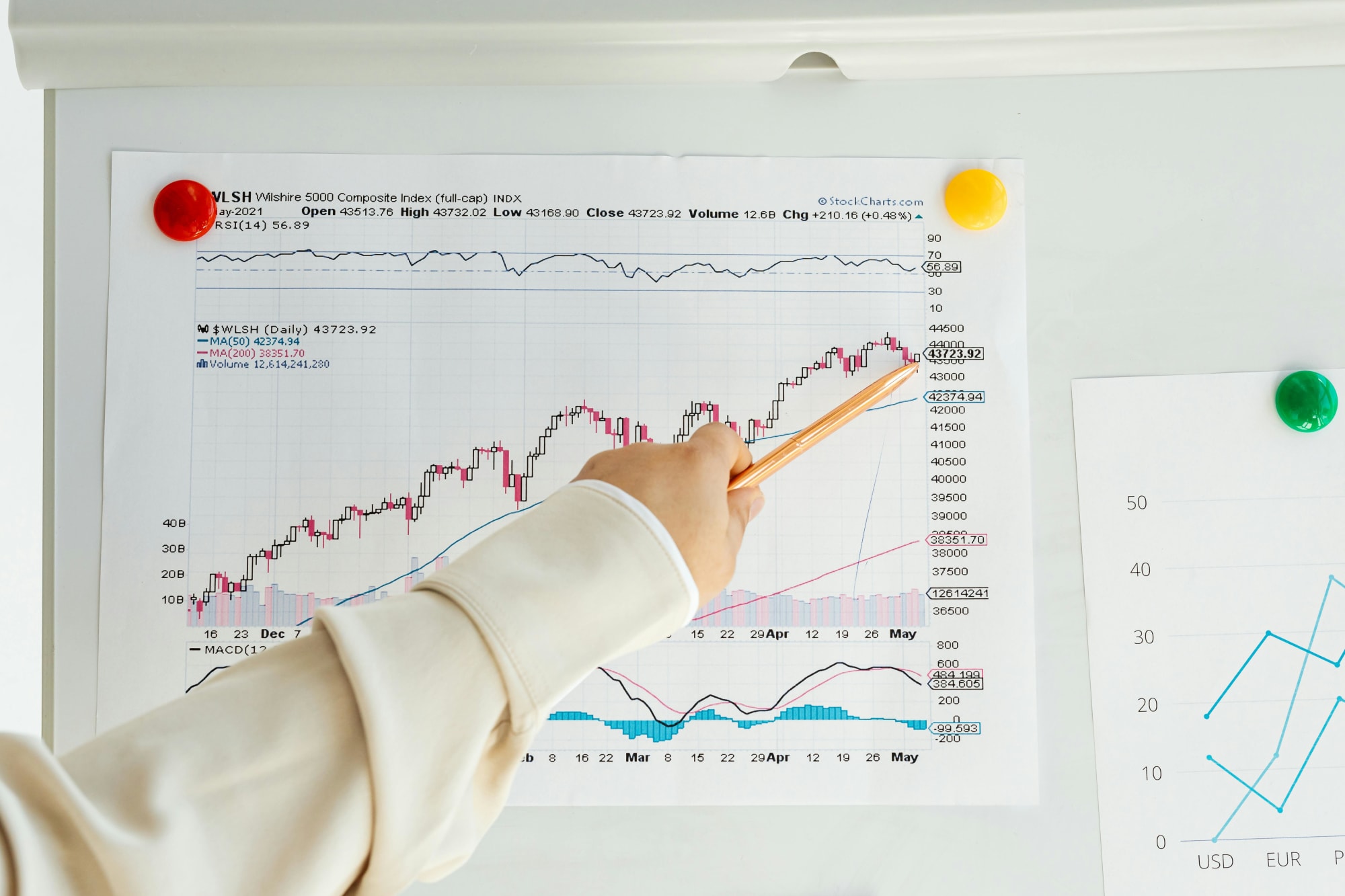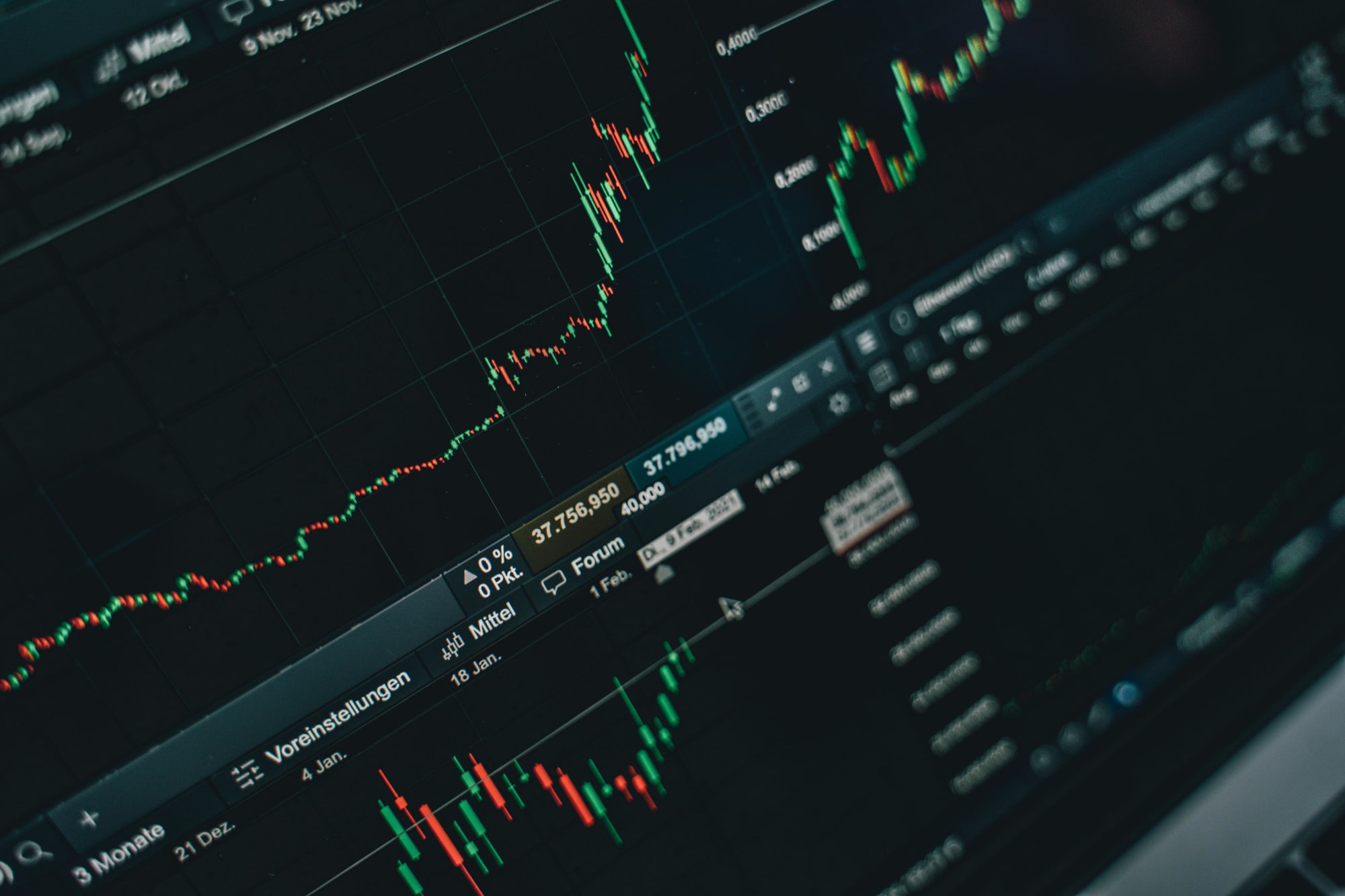Invest
October offers soft signs of labor market rebound
October saw Australia’s participation rate rose for the first time since June 2021.
October offers soft signs of labor market rebound
October saw Australia’s participation rate rose for the first time since June 2021.

The Australian Bureau of Statistics (ABS) has found that employment figures fell last month, but that decline doesn’t tell the whole story.
According to data released by the ABS, seasonally adjusted employment fell by 0.4 per cent in October 2021. At the same time, participation increased by 0.1 per cent.
ABS head of labour statistics Bjorn Jarvis said that this mixed bag of data mostly reflected the inclusion of school holidays and the first wave of restrictions being eased in NSW, with the most significant changes to COVID-19 restrictions largely arriving towards the end of the month.
“As we’ve seen throughout the pandemic, the changes in the labour markets with lockdowns continued to have a large influence on the national figures,” he said.

During the period covered by the ABS’ latest dataset, NSW saw a modest recovery, with the participation rate rising 0.8 per cent. Employment in the state went up by 22,000 while unemployment rose by around 35,000 people.
The ABS noted that while this boost to the overall size of the NSW labour force is a promising sign, it remains significantly lower than the labour market figures seen in May 2021.
In line with the latter stages of their respective lockdown, Victoria’s labour market fared worse in October. The state slipped on both fronts, with unemployment rising by 29,000 people and the employed falling 50,000. Overall, Victoria’s participation rate fell 0.4 per cent in October.
“The Victorian labour force was 113,000 people lower than in May,” Mr Jarvis noted.
While the country-wide participation remains 1.6 percentage points lower than what it was in May, the ABS suggested that positive movement around the national participation rate was a promising sign of things to come.
“The increases in unemployment show that people were preparing to get back to work, and increasingly available and actively looking for work – particularly in New South Wales, Victoria and the Australian Capital Territory,” Mr Jarvis explained.
The ABS noted that October marked the first increase in the national participation rate since June 2021, off the back of a large increase in the level of unemployment. In addition to NSW and Victoria, unemployment levels also rose in Queensland, South Australia and Tasmania over the period.
According to Mr Jarvis, this dynamic follows the labour market patterns seen towards the end of lockdowns in 2020.
“It may seem counterintuitive for unemployment to rise as conditions are about to improve. However, this shows how unusual lockdowns are, compared with other economic shocks, in how they limit being able to work and look for work,” he said.
HSBC chief economist Paul Bloxham said that these stats reflected the reality of the impact of recent lockdowns on the Australian economy but noted that many forward economic indicators, like job advertisements and job vacancies, remained at high levels.
“In short, as the economy is now reopening, strong job creation should be expected in November and December,” he said.
Mr Bloxham said that the rising levels of unemployment across the country are reflective of a rise in the unemployment rate to 5.2 per cent.
“This partly reflects a return to the labour force of many workers, and thus a rise in the participation rate,” he noted.
About the author

About the author


Economy
RBA's hawkish stance reflects inflation concerns, State Street economist comments
In a recent statement, the Reserve Bank of Australia (RBA) has signaled a hawkish stance on interest rates, drawing insights from financial experts about the implications for Australia's economic ...Read more

Economy
Navigating the inflation maze: How CFOs can outsmart economic hurdles in Australia
Fresh inflation data have cooled expectations of near-term rate cuts in Australia, intensifying pressure on margins, capital allocation and demand. Rather than wait for monetary relief that may not ...Read more

Economy
Inflation concerns rise as Australia's CPI climbs to 3.8% in October
Australia's latest Consumer Price Index (CPI) figures have sent ripples through the economy, with headline inflation accelerating to 3.8% year-on-year in October, up from 3.6% in September. The data, ...Read more

Economy
October CPI results pose challenges for RBA’s monetary policy stance
In a surprising turn of events, the October Consumer Price Index (CPI) data has raised eyebrows among economists and market strategists, revealing stronger-than-expected inflationary pressures in ...Read more

Economy
Global deal activity declines by 6% amid economic uncertainty, reports GlobalData
In a year characterised by economic turbulence and evolving market conditions, global deal activity has witnessed a notable downturn during the first ten months of 2025. According to GlobalData, a ...Read more

Economy
Australia’s softening labour market puts another RBA cut in play — here’s what business should do now
A four-year high in unemployment has revived expectations the Reserve Bank could deliver another rate cut as soon as November. With quarterly GDP growth running at 0.6 per cent and annual growth at ...Read more

Economy
Rising CPI reinforces RBA’s stance as rate cut expectations remain: State Street
State Street Global Advisors says the Reserve Bank of Australia (RBA) is likely to hold its current policy outlook following the release of September quarter inflation data, which showed an unexpected ...Read more

Economy
NSW SES boosts tsunami preparedness ahead of World Tsunami Awareness Day
As World Tsunami Awareness Day approaches on 5 November, the New South Wales State Emergency Service (NSW SES) is ramping up efforts to enhance tsunami preparedness along the east coastRead more

Economy
RBA's hawkish stance reflects inflation concerns, State Street economist comments
In a recent statement, the Reserve Bank of Australia (RBA) has signaled a hawkish stance on interest rates, drawing insights from financial experts about the implications for Australia's economic ...Read more

Economy
Navigating the inflation maze: How CFOs can outsmart economic hurdles in Australia
Fresh inflation data have cooled expectations of near-term rate cuts in Australia, intensifying pressure on margins, capital allocation and demand. Rather than wait for monetary relief that may not ...Read more

Economy
Inflation concerns rise as Australia's CPI climbs to 3.8% in October
Australia's latest Consumer Price Index (CPI) figures have sent ripples through the economy, with headline inflation accelerating to 3.8% year-on-year in October, up from 3.6% in September. The data, ...Read more

Economy
October CPI results pose challenges for RBA’s monetary policy stance
In a surprising turn of events, the October Consumer Price Index (CPI) data has raised eyebrows among economists and market strategists, revealing stronger-than-expected inflationary pressures in ...Read more

Economy
Global deal activity declines by 6% amid economic uncertainty, reports GlobalData
In a year characterised by economic turbulence and evolving market conditions, global deal activity has witnessed a notable downturn during the first ten months of 2025. According to GlobalData, a ...Read more

Economy
Australia’s softening labour market puts another RBA cut in play — here’s what business should do now
A four-year high in unemployment has revived expectations the Reserve Bank could deliver another rate cut as soon as November. With quarterly GDP growth running at 0.6 per cent and annual growth at ...Read more

Economy
Rising CPI reinforces RBA’s stance as rate cut expectations remain: State Street
State Street Global Advisors says the Reserve Bank of Australia (RBA) is likely to hold its current policy outlook following the release of September quarter inflation data, which showed an unexpected ...Read more

Economy
NSW SES boosts tsunami preparedness ahead of World Tsunami Awareness Day
As World Tsunami Awareness Day approaches on 5 November, the New South Wales State Emergency Service (NSW SES) is ramping up efforts to enhance tsunami preparedness along the east coastRead more








